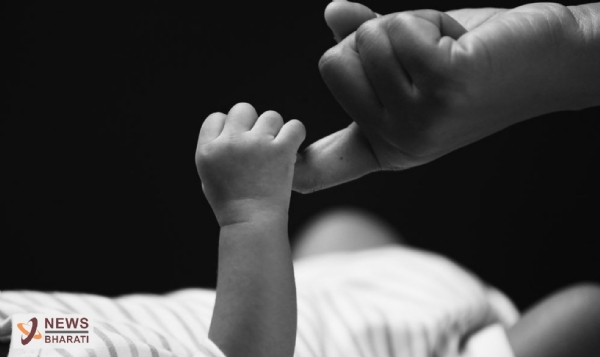Infant Mortality Rate and Women Literacy
In India, an estimated 26 million children are born every year. As per the 2011 census, the share of children (0-6 years) accounts for about 13% of the total population. Hence, providing attention to child health becomes extremely important.
Total Views |
In India, an estimated 26 million children are born every year. As per the 2011 census, the share of children (0-6 years) accounts for about 13% of the total population. Hence, providing attention to child health becomes extremely important. Special newborns and infants are very prone to various diseases.

Currently, some parts of Mumbai are facing a major outbreak of measles. Measles is an airborne disease and hence infants can also be exposed to measles. Measles can be seriously dangerous for infants. On this background let’s have a look at our infant mortality rate (IMR) against the women's literacy rate.
Among the various health-related factors infant mortality has its own importance. As per the definition, “The infant mortality rate is the number of infant deaths for every 1,000 live births.”
Apart from indicating the number of deaths of infants, it indicates the overall health of society. It also indicates the situation of the health system and awareness about health in society. Especially, awareness among women plays an important role in controlling IMR, as most of the time women are closer to infants than men.
Causes of infant mortality
There are several medical, and social reasons responsible for infant mortality. These causes can be dependent on each other. Nearly 40% of neonatal deaths happen within 24 hours of delivery. Prematurity and low birth weight (35.9%), Pneumonia (16.9%), birth asphyxia and birth trauma (9.9%), other non-communicable diseases (7.9%), diarrhoeal disease (6.7%), ill-defined or cause unknown (4.6%), congenial anomalies (4.6%), acute bacterial sepsis and severe infections (4.2%), injuries (2.1%), fever of unknown origin (1.7%) and all other remaining causes (5.4%) are the major contributors for infant mortality.
Infant mortality can be avoided if better quality health infrastructure is easily accessible to people. As well as, when women are literate and aware of the health facilities and their importance, it helps to avoid infant mortality.
Infant mortality in the Indian context
In India, the IMR has reduced on the national level. It was 37 per 1000 live births in 2015 which reduced to 30 per 1000 live births in 2019.
Also Read: Importance of Cancer Awareness
The above map shows the situation of infant mortality in India. As we can see states like Uttar Pradesh, Bihar and Chhattisgarh have the highest IMR in India which is 55-66 per 1000 live births and on the other side of the spectrum are states like Kerala, Lakshadweep, Goa and Puducherry. In these states, IMR is as low as 0-11.
Also Read: Industrial and Demographic Disparities in India
We can compare this with the other two maps. One is women's literacy in percentage and the other is institutional births in percentage.
Instead of looking at every state, let's focus only on those which have extremely high IMR. As we can easily see, Uttar Pradesh, Bihar and Chhattisgarh are low or average-performing states in terms of the percentage of literate women. On the other hand low, IMR states have high women literacy rates.
The above map shows that like women literacy percentage states performing average in terms of the percentage of institutional births have high IMR.
Within women's literacy and institutional birth factors, women's literacy seems to be dominating factor for IMR. Some states like Madhya Pradesh, Rajasthan have average institutional birth percentage, but their women literacy percentage is low, and they have IMR above average. So we can estimate, there could be some corelation between women literacy, IMR and institutional birth.
The government through various policies tries to control the IMR. It aims to spread awareness about health, communication, improvement in health facilities etc. Universal Immunization Programme (UIP), Anaemia Mukt Bharat (AMB), Rashtriya Bal Swasthya Karyakram (RBSK) etc. Along with these efforts there are some social efforts ex. Capacity Building, Facility Based New-born Care, Community Based care of New-born and Young Children etc.



